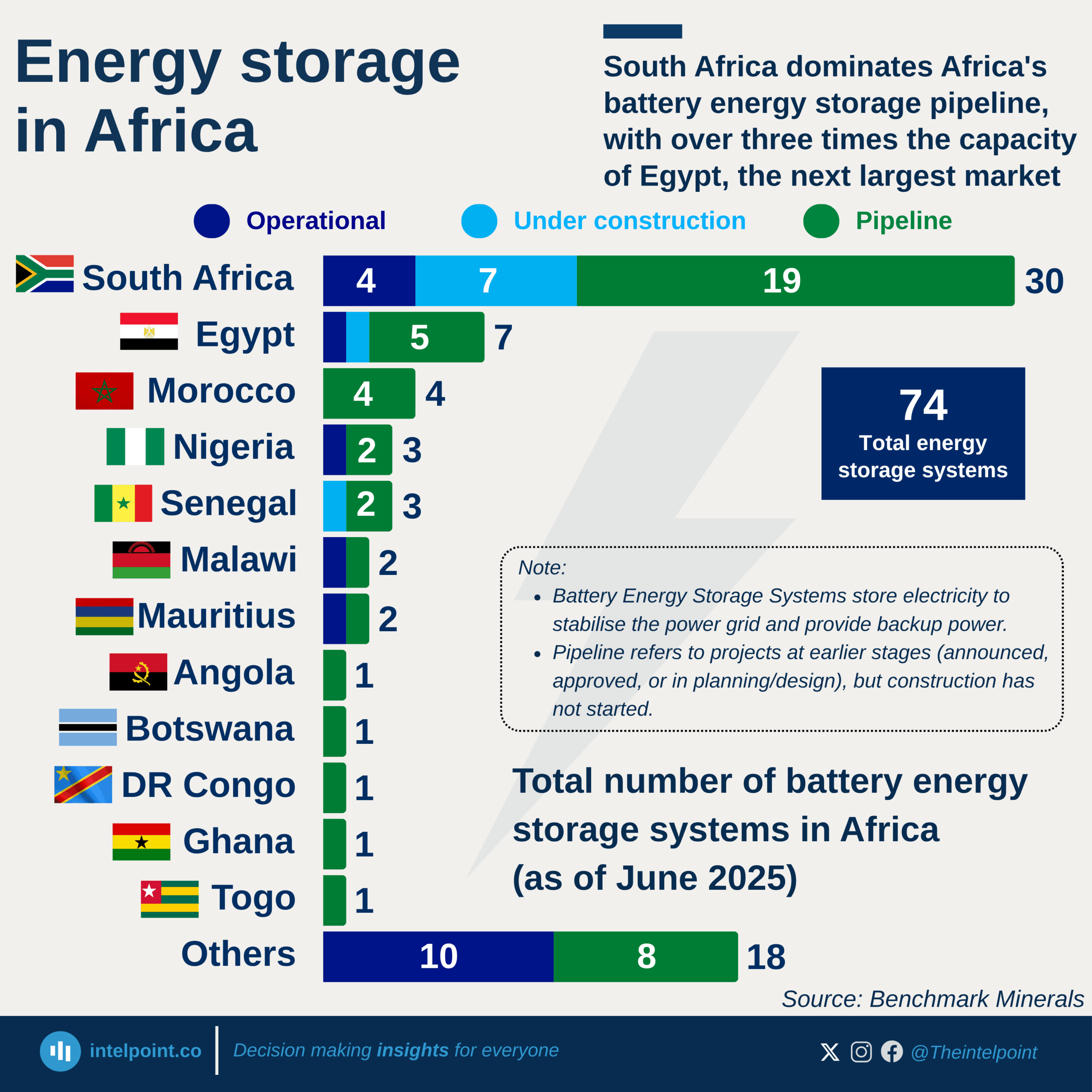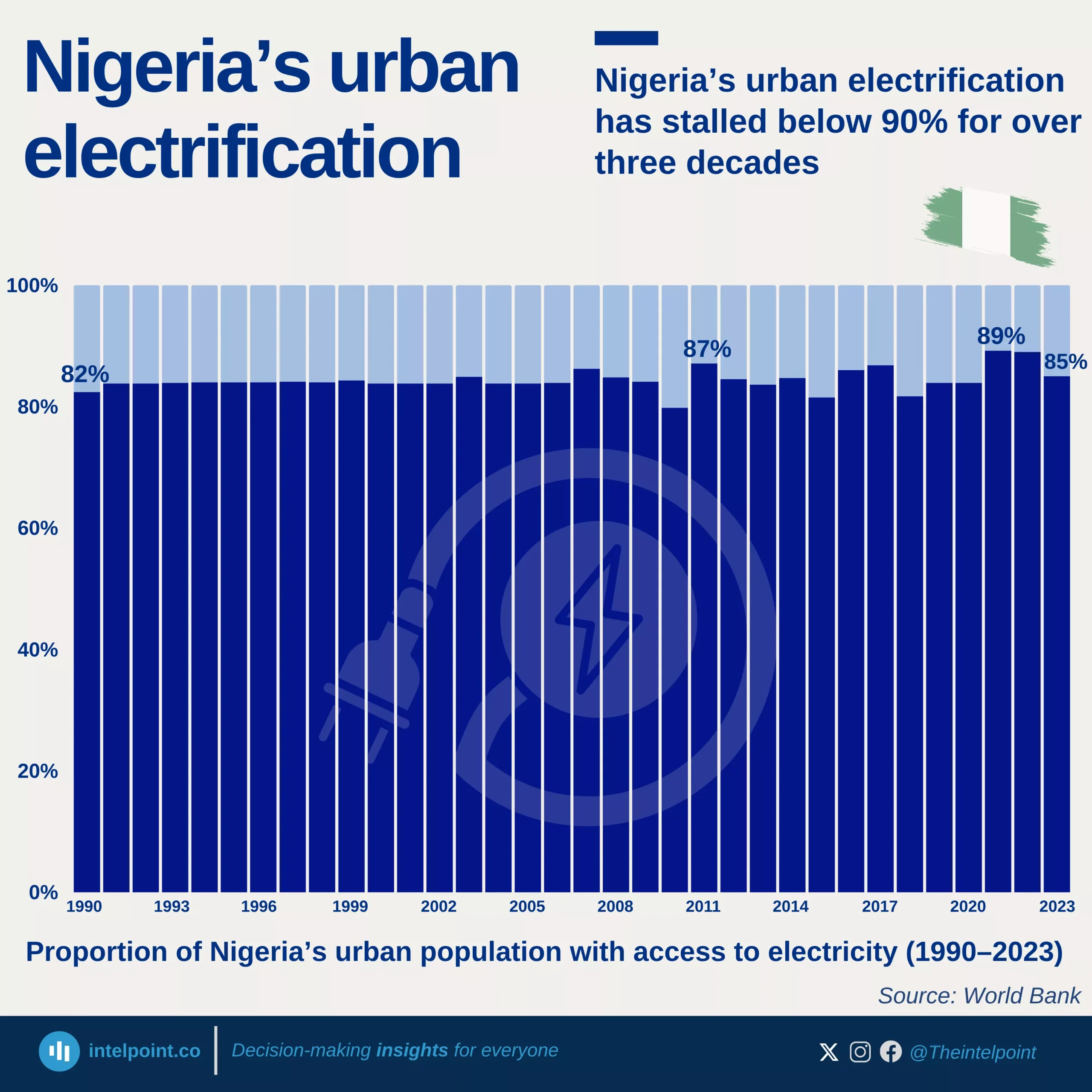Nigeria’s petrol prices have experienced sharp fluctuations over the past year. The average national petrol price climbed from ₦830.5 in August 2024 to a peak of ₦1,261.7 in March 2025, before dropping back to around ₦1,025 in July 2025. This volatility highlights the ongoing instability in Nigeria’s fuel market, influenced by policy changes, global oil trends, and domestic supply factors.
A closer look also reveals differences across regions and suppliers. While the national average peaked at ₦1,261.7 in March 2025, NNPC prices were much lower, with Abuja recording as low as ₦880 and Lagos at ₦860. Dangote Refinery's prices also varied, ranging from ₦899 in December 2024 to ₦840 by July 2025.





